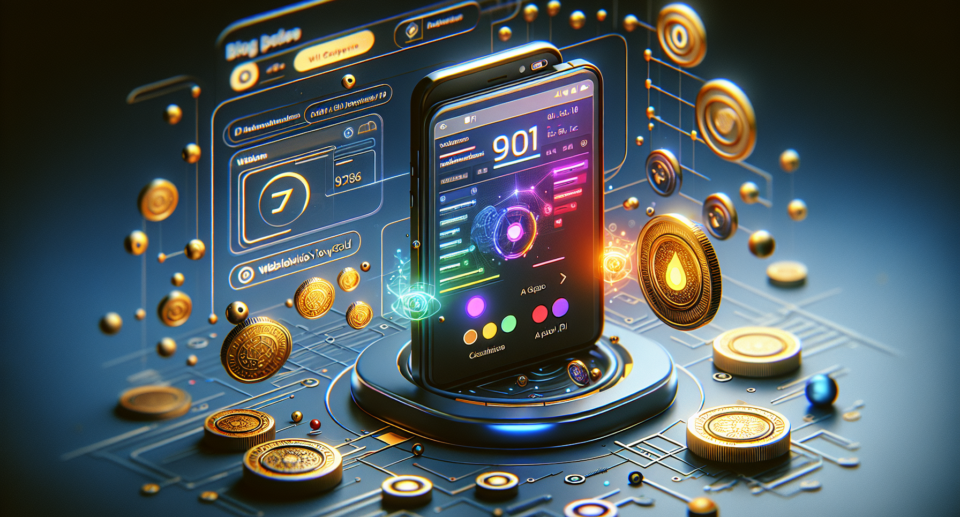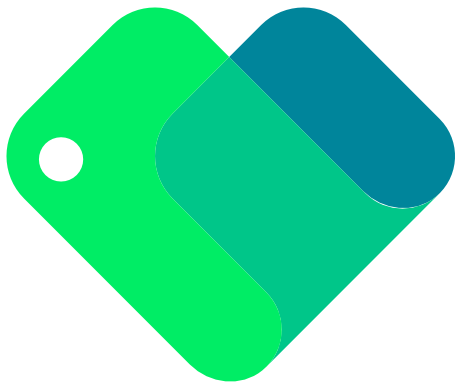Optimizing Android WebView Apps with Dynamic UI & Status Bar Color API using WebViewGold

In today’s fast-paced digital landscape, having a seamless and engaging mobile app is essential for any business or service. If you’re looking for a quick and simple way to convert your website into an Android app, WebViewGold is the ideal solution. One of the latest updates in the Android development ecosystem is the introduction of the Dynamic UI & Status Bar Color API, which can significantly enhance the look and feel of your WebView apps. In this blog post, we’ll delve into how you can optimize your Android WebView apps using this new API and how WebViewGold makes it unbelievably easy.
What is the Dynamic UI & Status Bar Color API?
The Dynamic UI & Status Bar Color API is a powerful feature that allows developers to change the color of the status bar based on the content of the web page being displayed in the WebView. This not only enhances the visual appeal of your app but also provides a more immersive user experience. Users will appreciate the cohesive transitions between different sections of your app, making navigation smoother and more intuitive.
Why Use the Dynamic UI & Status Bar Color API?
Here are some of the benefits of using this API:
- Improved User Experience: The dynamic status bar color creates a seamless and visually appealing transition between different sections of your app.
- Branding Consistency: Ensure that your app’s UI matches your brand’s color scheme across various screens and sections.
- Engaging Interface: A dynamic UI keeps users engaged and interested, reducing bounce rates and improving overall user retention.
How to Implement Dynamic UI & Status Bar Color API in Your WebView App
To implement this feature, you’ll need to modify your WebView settings and add JavaScript interfaces that communicate between your web content and native Android code. Here’s a simplified step-by-step guide:
1. **Modify your activity layout** to include a WebView component.
2. **Initialize your WebView** in your activity or fragment.
3. **Enable JavaScript and set up a JavaScript interface** to handle calls from your web content.
4. **Update the status bar color** dynamically based on the content being loaded.
Below is a sample code snippet to get you started:
“`java
// In your Activity class
WebView myWebView = findViewById(R.id.webview);
myWebView.getSettings().setJavaScriptEnabled(true);
myWebView.addJavascriptInterface(new WebAppInterface(this), Android);
// In your WebAppInterface class
public class WebAppInterface {
Context mContext;
WebAppInterface(Context c) {
mContext = c;
}
@JavascriptInterface
public void setStatusBarColor(String color) {
if (Build.VERSION.SDK_INT >= Build.VERSION_CODES.LOLLIPOP) {
((Activity) mContext).getWindow().setStatusBarColor(Color.parseColor(color));
}
}
}
// In your JavaScript (on the website)
function updateStatusBarColor(color) {
Android.setStatusBarColor(color);
}
“`
With this setup, you can easily call `updateStatusBarColor(‘#FF5733’)` from your web content to change the status bar color dynamically.
WebViewGold: The Easiest Way to Convert Websites into Apps
If coding isn’t your forte or you’re looking for a more straightforward solution, WebViewGold is your best bet. WebViewGold lets you convert your website into a high-quality Android app without requiring extensive programming skills. It supports all the advanced features you need, including the Dynamic UI & Status Bar Color API, ensuring that your app looks modern and performs optimally.
Here’s why you should consider using WebViewGold:
- No Coding Required: Easily convert your website into an app with just a few clicks.
- Advanced Features: Enjoy features like push notifications, file uploads, and much more.
- Regular Updates: Stay up-to-date with the latest Android features and enhancements.
Conclusion
